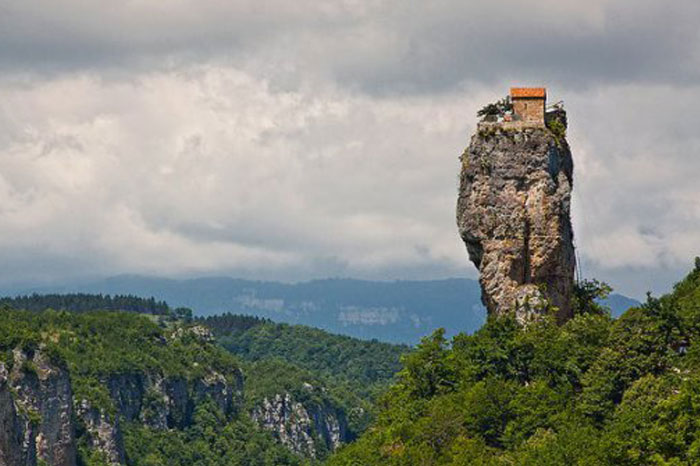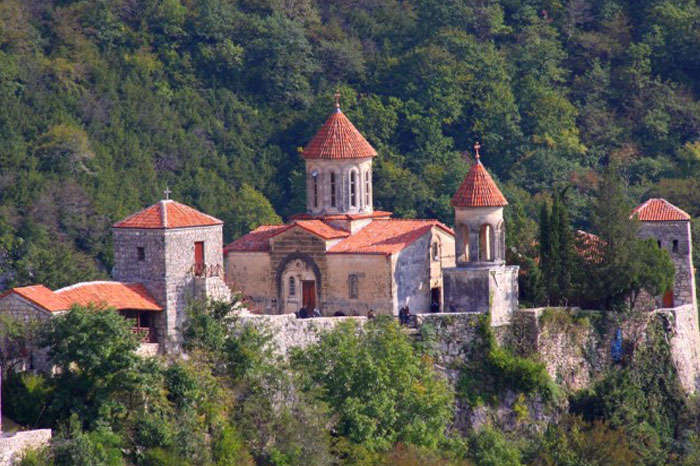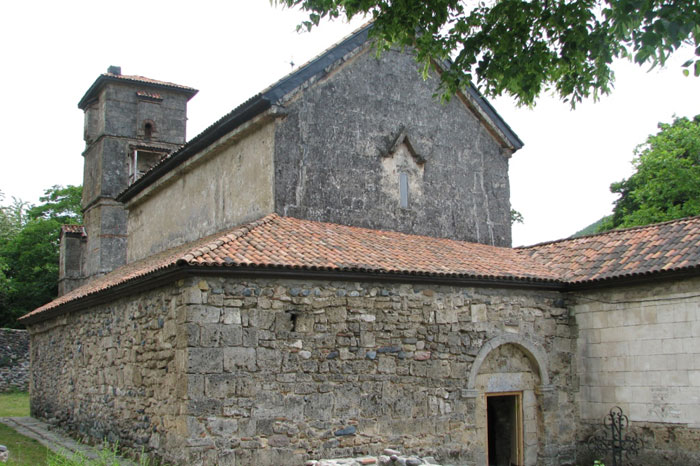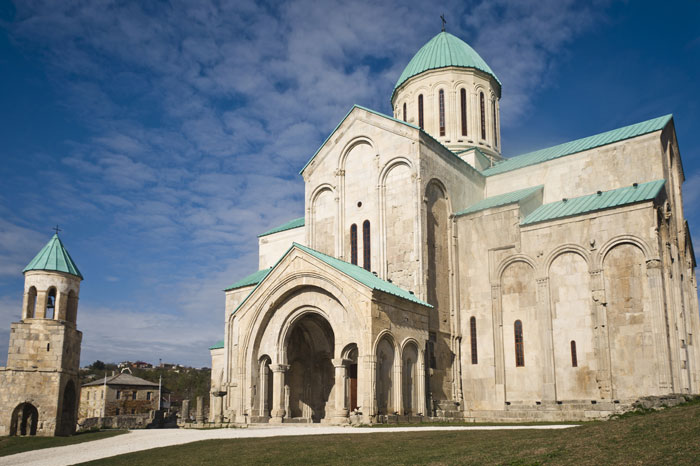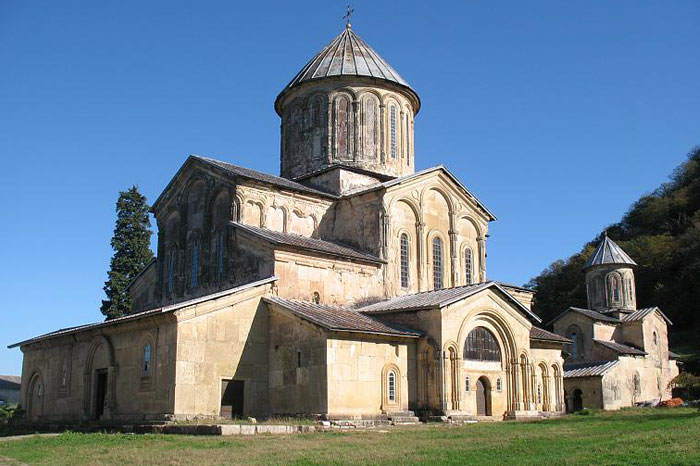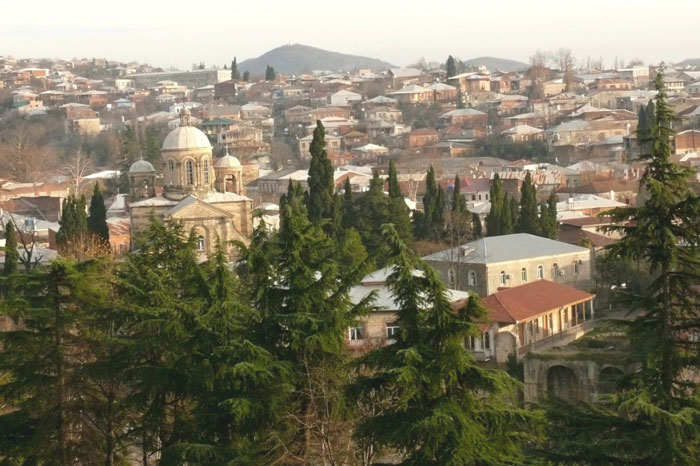CENTRE – KUTAISI
AREA – 6552 SQ.KM.
POPULATION – 700000
Imereti, which was a constituent part of the Colchis kingdom, is the most beautiful part of Western Georgia. Imereti is divided into Upper and Lower Imereti. It is bordered by the Likhi and the Caucasus ridges in the north and the Meskheti Mountains in the south. Imereti is located at altitudes of 150-300 meters above sea level. The winter is moderate here and the summer is hot. In Imereti, cultural life has always been a key and a good example of this are the architectural monuments located here. The temples of Gelati and Bagrat are included in the list of UNESCO monuments.




